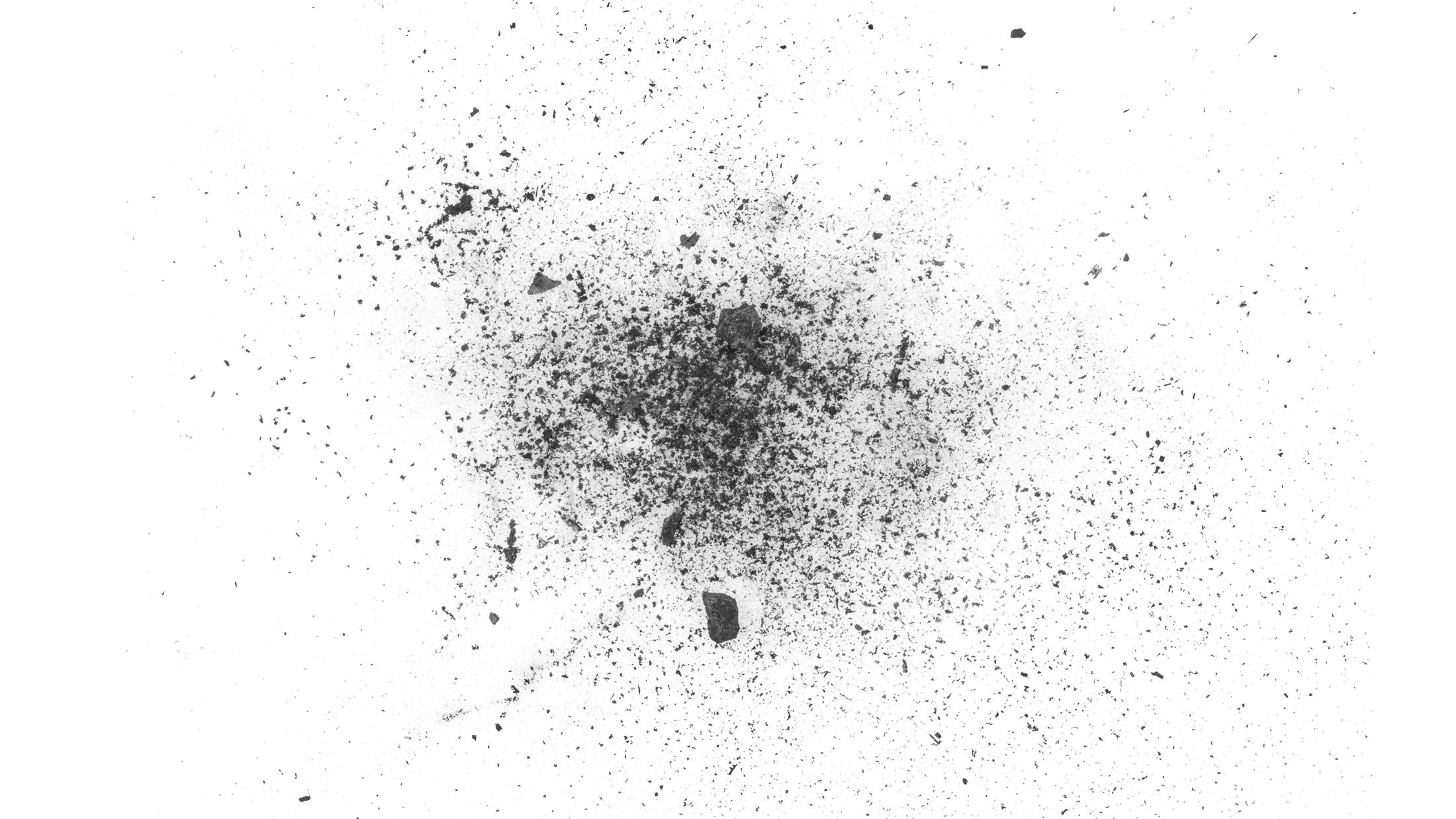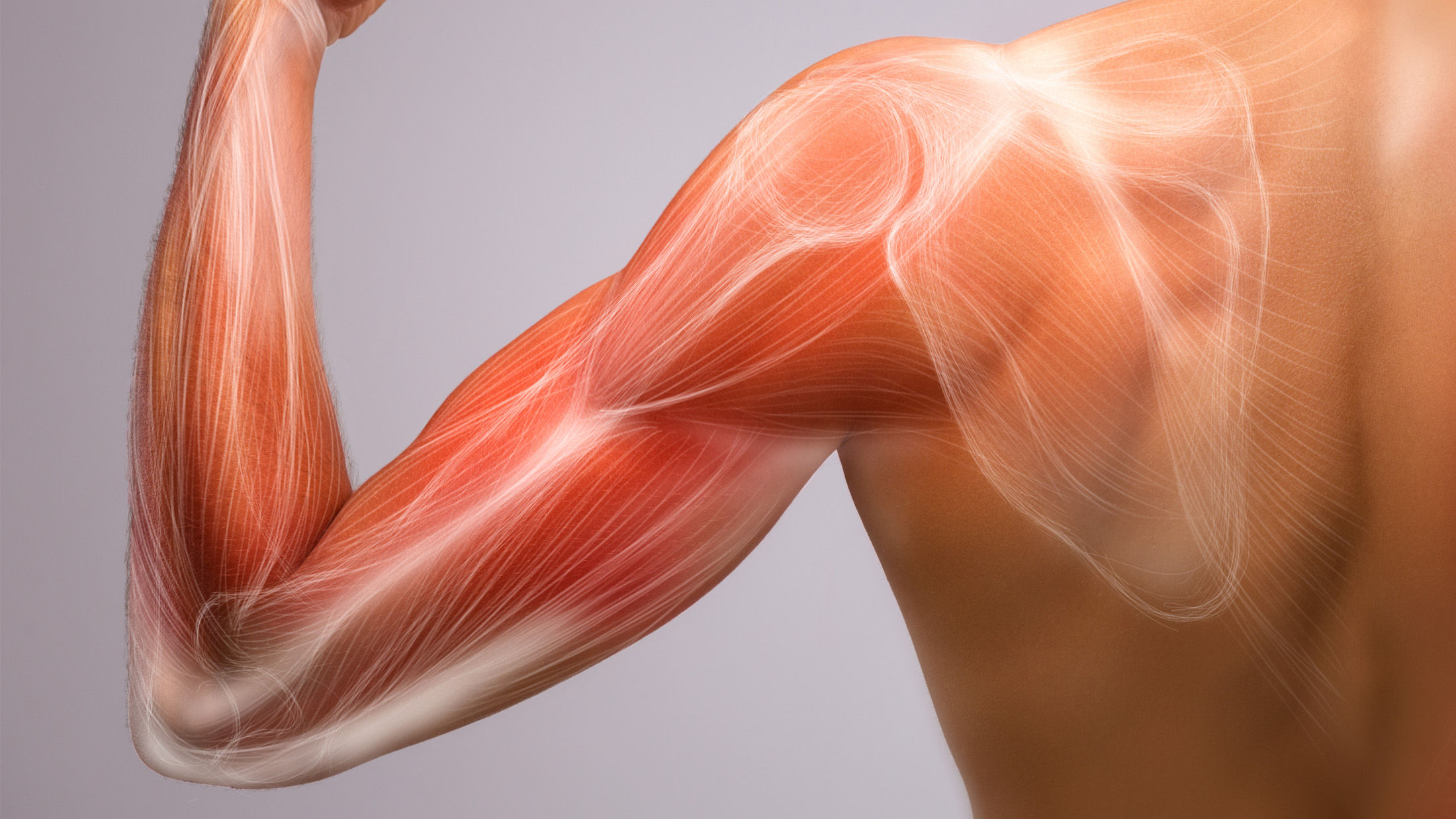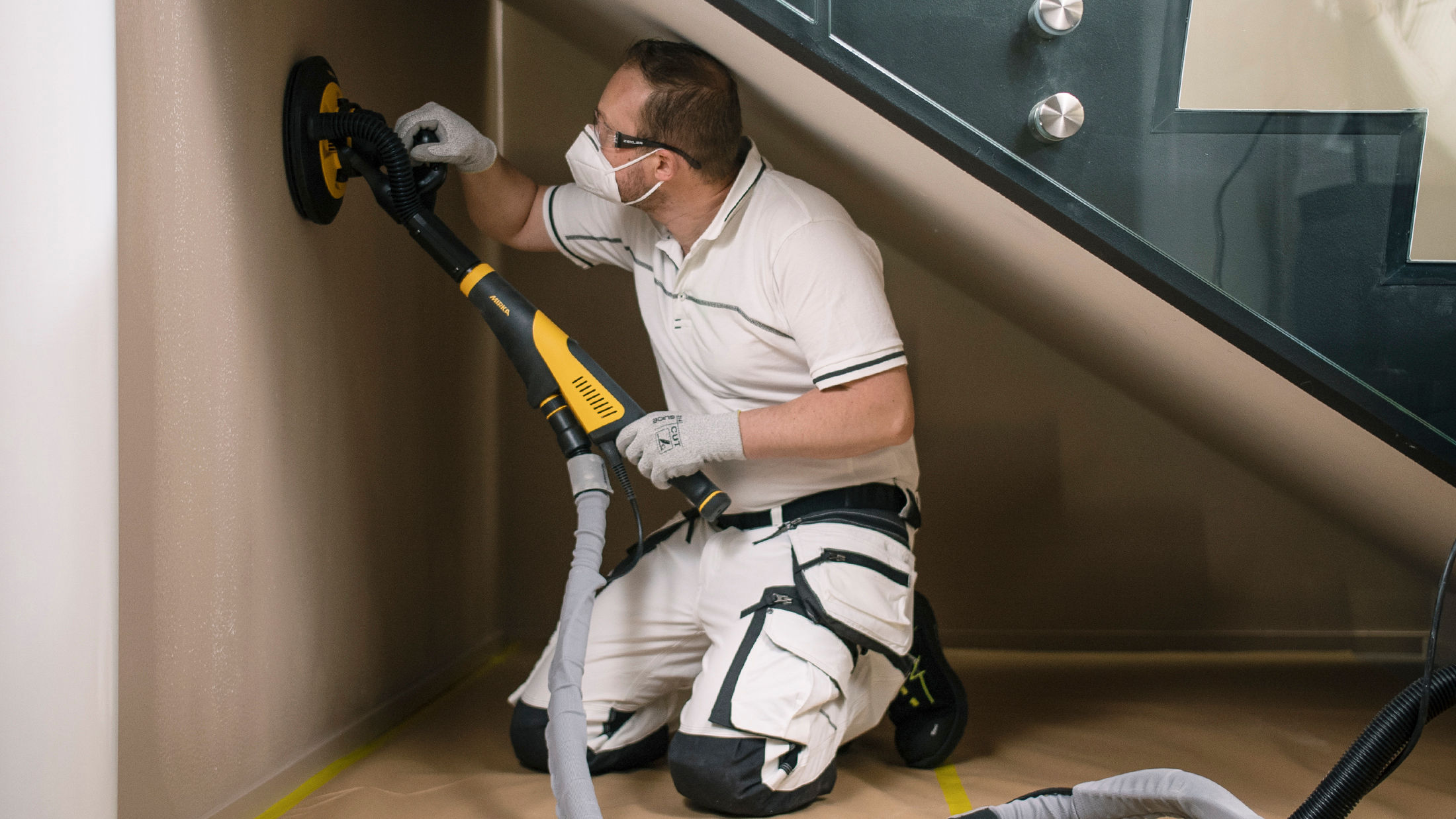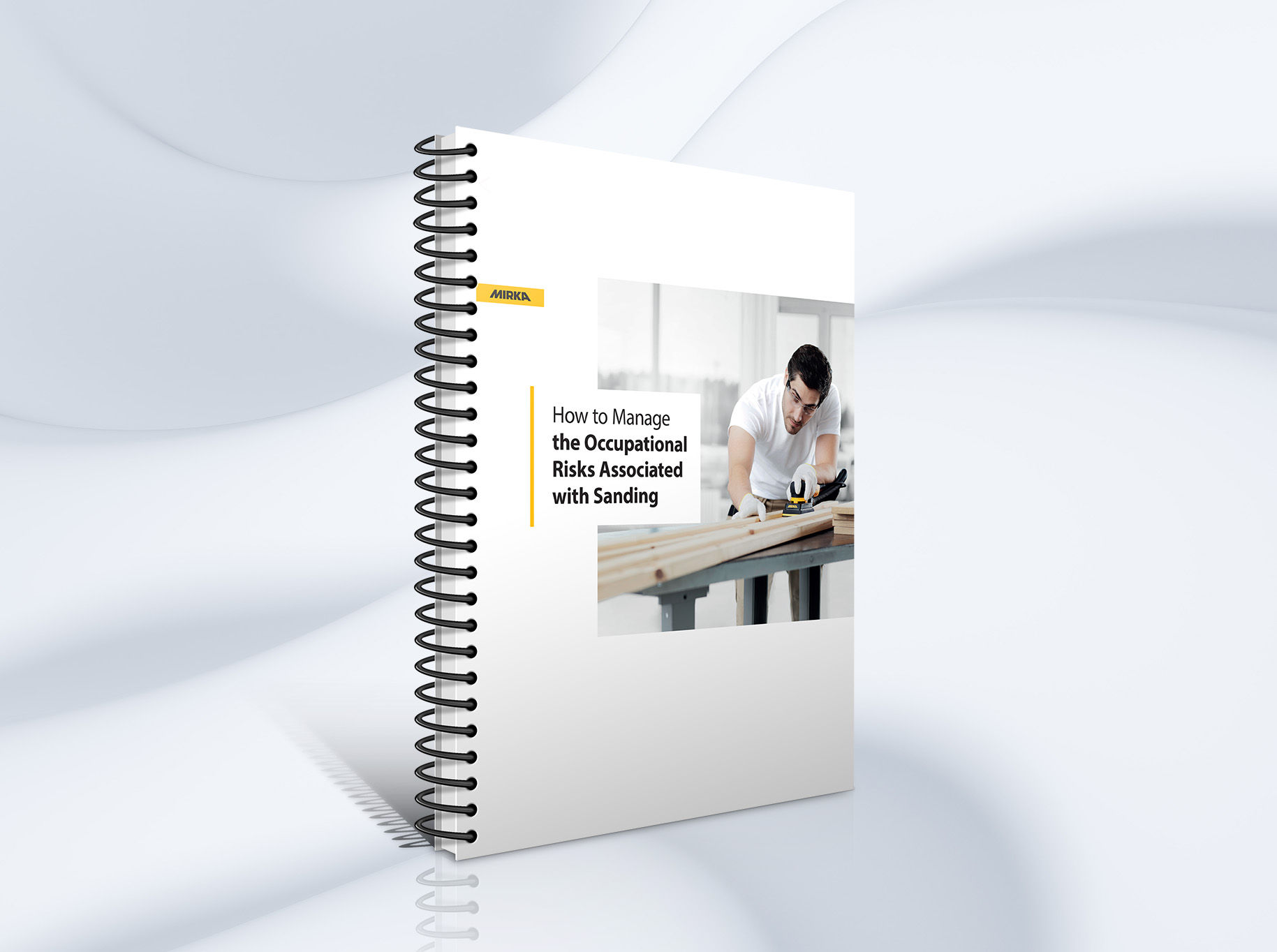Who is affected by sanding-related risks?
Sanding-Related Risks a Hazard for Many
Clearly, the worker doing the sanding and those nearby will be most immediately affected by hazards such as noise and dust. If the risks are not reduced or minimized, they can have direct personal effects on workers and their families, and a wider effect on project success and company profits.
For small company owners with only a few employees, the impact caused by injury of this nature happening to just one employee can have a significant impact. In larger companies, the manager, the company, the shareholder, and even the wider community have a vested interest in the wellbeing of the worker.
Noise
Long exposure to noise can lead to long-term irreparable damage. It is perhaps less well known that the first measure employers must take is not simply to issue hearing protectors to their workers.
Learn more how you can protect your health when sanding in our white paper

Often the wood dust concentrations can be reduced by small changes, and the implementation of expensive large exhaust ventilation systems are not needed. The examples of small changes could be changes in cleaning methods and minimising the use of compressed air blowing, modifications in hoods so that dust can be collected more effectively to the exhaust ducts, and the exposure time can be reduced by circulating work tasks during the day. Of course, the dust control systems like the products of Mirka are useful and cost-effective in sanding operations.
Tuula Liukkonen
Chief Specialist, Finnish Institute of Occupational Health
When sanding with a hand-held power tool
Vibration
Regular exposure to vibration can lead to two types of permanent ill health: carpal tunnel syndrome (CTS) and hand-arm vibration syndrome (HAVS).
The symptoms and effects of CTS can include tingling, numbness, pain, and weakness in the hands. CTS can affect the ability to carry out work safely and to do everyday tasks.
Early signs of HAVS include:
- Tingling and numbness in the fingers.
- Lack of feeling in the fingers.
- Loss of strength in the hands.
- “Vibration white finger”: in cold and wet conditions the tips of the fingers go white, then red, and are painful.
Vibration from portable sanders increases the risk of of musculoskeletal disorders
Musculoskeletal Disorders

Musculoskeletal disorders (MSDs) are an ill-understood “pandemic” and they are defined as ”any affliction of the musculoskeletal system that appears at work and causes discomfort, difficulty or pain when performing work”.
The term covers a wide range of issues that are caused by many factors – not just the movements of the body required by the work tasks undertaken. The causes include the mechanical ones such as force, load, movement, and vibration, but also organisational arrangements that result in increased casualisation of work (e.g., speed, just-in-time, lean production), and psychosocial factors such as culture and organisational relationships.
As an example, the furniture industry is characterised by numerous manual tasks often requiring awkward posture, repetitive movement, and undue force, which along with vibration are all risk factors of interest.



